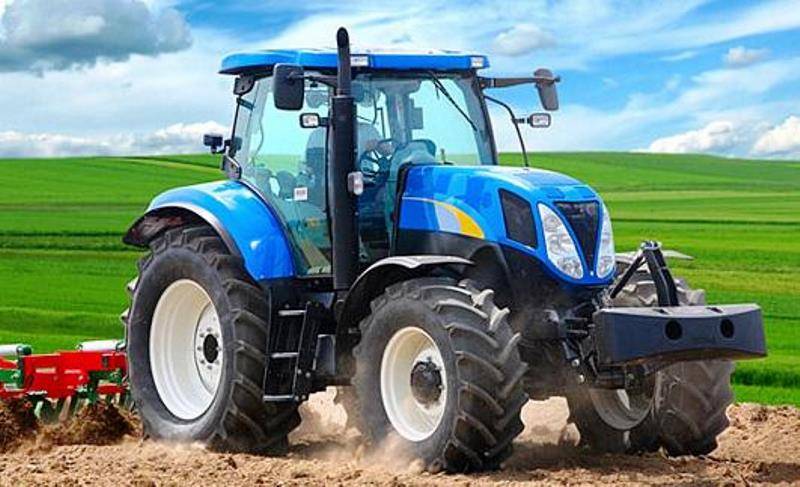
According to the latest report by www. marketinsightsreports.com, India agricultural tractors market was valued at USD 6.97 billion in the year 2018 and the market is projected to witness a CAGR of 6.9 percent over the forecast period (2019-2024). In terms of units, India is one of the largest tractor markets in the world, selling 600,000 to 700,000 tractors per annum, on an average. The demand for tractors declined in Financial Year 2015-16 due to a contraction in the farm incomes, as the production of major crops and commodity prices reduced with lower procurements by the government, owing to adequate buffer reserves.
However, India remains a highly lucrative tractor market on account of the decreasing availability of farm labor and the rise of innovative business models such as custom hiring solutions for tractors.
John Deere India Private Limited, Mahindra & Mahindra Limited, CNH Industrial (India) Pvt. Ltd, TAFE Ltd., Escorts Group, International Tractors Limited (Sonalika), Eicher Motors Limited, Kubota Corporation, Force Motors Limited, CLAAS Agricultural Machinery Private Limited, Same Deutz-Fahr India Private Limited, Preet Group.

According to 13th Five-year Plan (2017-2022) of Ministry of Agriculture & Farmers Welfare, the speed of mechanization is more than the national average in Haryana, Uttar Pradesh, western parts of Rajasthan & Punjab. In the remaining part of the country, it is comparatively low that necessities the stimulation of farm mechanization as a special mission. The Ministry of Indian Agriculture says that farm mechanization adoption will increase production by 20% and reduce the cost of cultivation by 20 to 25 percent. The main strategy of this mission is to offer financial assistance to small & mid-scale farmers to hire machinery in less mechanized areas. This is done by establishing farm machinery banks in selected villages of low mechanization.
Being predominantly an agrarian economy, India owes 17 percent of its GDP to farming and about 60 percent of country's rural households depend on agriculture or other associated activities for a living. Despite having the second largest arable land after the US, the country is way behind some developed as well as developing nations in terms of agricultural productivity. This is the result of some operational inefficiencies typical to the country, for example, dependence on rainwater for irrigation of fields.

The government, as well as the bigshot players in the private sector, are seeing this as an opportunity to invest in. Hence, it is expected that with favourable government policies and the introduction of better and enhanced tractors in the market, there will be significant growth of the industry in the forecast period.















